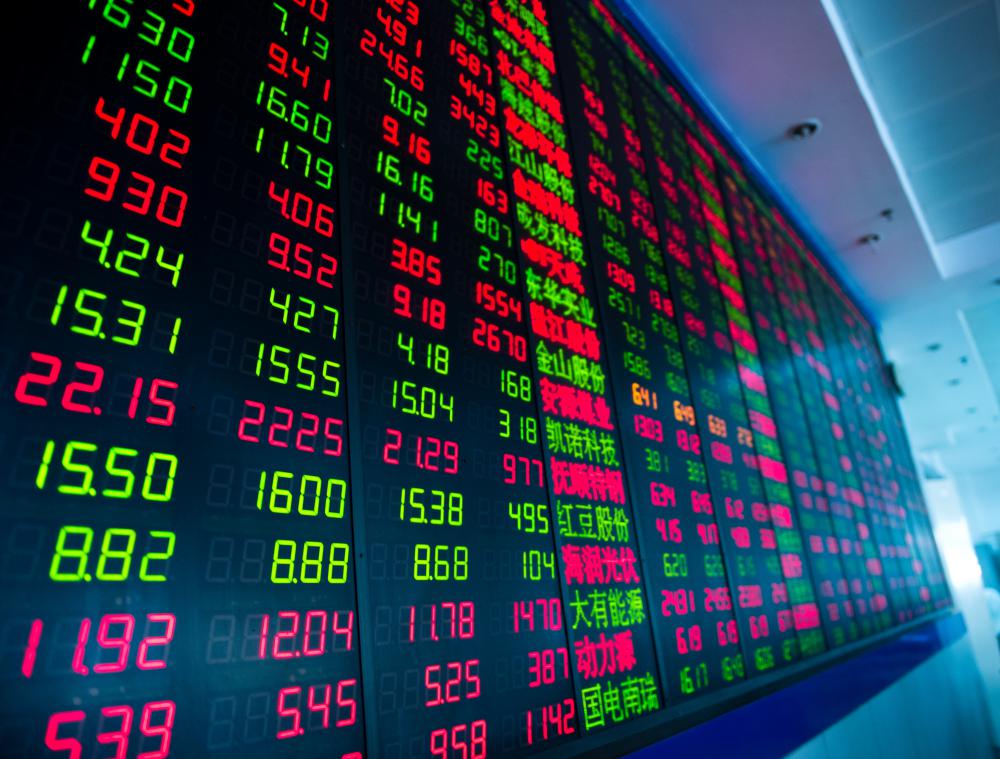At WiseGEEK, we're committed to delivering accurate, trustworthy information. Our expert-authored content is rigorously fact-checked and sourced from credible authorities. Discover how we uphold the highest standards in providing you with reliable knowledge.
How do I Choose the Best High-Yield Dividend Stocks?
The best high-yield dividend stocks are those of financially sound companies with a history of strong dividend growth. Blue-chip stocks offer the investor stability and a steady income. Many growth stocks offer dividends with the potential for capital gains on the anticipated growth in share value. Exchange-traded funds (ETFs) offer a diversified portfolio by investing in a basket of high-yield dividend stocks.
Dividends are the portion of company earnings paid back to stock owners. Companies not reinvesting profits for growth and expansion normally pay dividends as an incentive for investors. Investors seeking income-producing stocks have multiple choices, depending on the risk tolerance acceptable to the investor. The highest-yielding stocks are not necessarily the best high-yield dividend stocks in which to invest. The highest-yielding stocks might carry a high degree of risk.

Most dividends are paid on a quarterly basis. Some dividends are paid monthly, annually or twice per year. The company's board of directors determines the amount of the dividend and payment frequency. High-yield dividend stocks often outperform traditional investments such as certificates, notes and bonds. Dividend yield is a financial ratio that can be calculated by dividing annual dividend per share by price per share.

Investors can choose between stocks with high dividend yield and high dividend growth rate. A history of strong dividend growth might indicate future company growth and profitability. Online resources are available that list, rate and rank dividend-paying stocks. Some services provide recommendations for particular investment objectives. The quality of online services is subject to the discretion of the investor.
High-yield dividend stocks paying the highest dividends are typically investments carrying the highest risk. The investor should balance income and risk. Risk appetite might be directly proportional to high yield. Safety of investment capital along with reasonable dividend income is available through investments in financially sound blue chip companies. The financial condition of the company should be examined before investing.
Dividend-paying ETFs incorporate significantly different strategies. Some ETFs focus on the highest dividend growth stocks, and others might apply different weighting methods. The investor should apply due diligence before investing in dividend paying ETFs. Historical track records and current yield rates are provided by stock brokers and other online investment resources.
Selecting the best high-yield dividend stocks depends on the objective of the investor. Yield, risk, stability and safety of funds are all factors that one should consider. Online help is provided by discount brokers and investment services. The services of an investment advisor might be the best option.
AS FEATURED ON:
AS FEATURED ON:












Discuss this Article
Post your comments